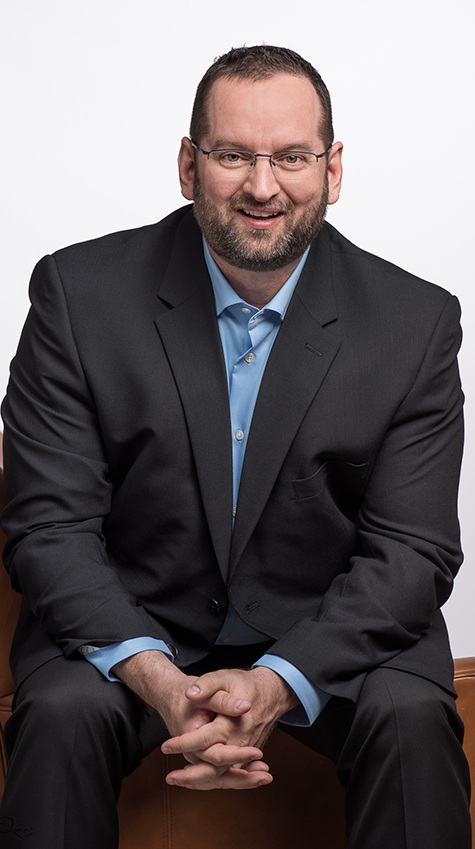ABOUT THERAPY

What Therapy Might Look Like with Mike:
Jim finally did it. He made the appointment to get help, and now he was sitting in the office across from a counselor. He had planned out in his head what he was going to say, and he let it all pour out at once.
The counselor seemed to be listening intently throughout. Once he got it all out, they discussed some of the information Jim had shared. Then they talked some about what he would like to get out of therapy. It felt somewhat better to get it out, but not as much as he hoped. Jim wanted relief but didn’t know how to get it.
On the drive home, Jim reflected on the session. He didn’t remember how it happened, but after he told his story they got to talking about a picture in the office and how it reminded him of a trip the family took a couple of years ago. That was a good trip, and he found himself laughing and smiling when they talked about it. It seemed a weird thing to be doing given where he was, but when he left the office he felt better than he had in a long time.
As the weeks went on, Jim noticed things in himself that he hadn’t recognized for a long time. Some of it was uncomfortable, and he found himself being irritable at times. However, he also noticed how quickly things changed within him, how quickly his bad moods would go away. He and his counselor spent a lot of time working on paying attention to what he was feeling.
Sometimes during their work together, Jim would bring up a memory of something particularly difficult. In these cases, they would talk about it very directly. His counselor would have Jim think about the worst moment of that memory. Jim would then think about that moment and follow his counselor’s fingers as he waved them back and forth in front of Jim. It was very strange, but Jim would notice his mind move through his memory of the event and somehow things would change. He could remember the event, and it no longer bothered him. The memory wasn’t better, but he didn’t have to feel the way he used to feel when he remembered it now.
Jim found himself feeling better, more energetic, more optimistic. His problems, although still there, seemed to be less of an issue and easier to handle. Somehow all these things made life easier and more pleasurable. His passion for life had returned.

.
Why I Do What I Do
When I was a kid my dad worked at a meat-packing plant. To be blunt, he hated it. Hating his work didn’t stop him. He still went to work every night and provided well for my sisters and me. Watching him hate what he did had a big effect on me, though. I wasn’t going to follow him and do something I hated just to make a living. It took me awhile to find out what I’m passionate about, and awhile longer to figure out how to make a living doing it.
I tried several jobs. I worked in a bank, I did odd jobs at a stone shop, I tried sales, I repaired machines at a factory, and I served in the Army. Eventually, I started to work in group homes and day programs for people with disabilities. It was there that I discovered my passion for helping people, and eventually I went to get my masters degree in counseling.
Today I get to do what I love and make a living doing it! I have a passion for helping people transform suffering into strength. I look forward everyday to connecting with the people who come to my office and do the deep, transformative work, one step at a time.
Having spent time as a client in therapy myself, I understand the difficulty of taking each step along the path towards healing that my clients are taking. I have gratitude for their trust in sharing their journey with me.
